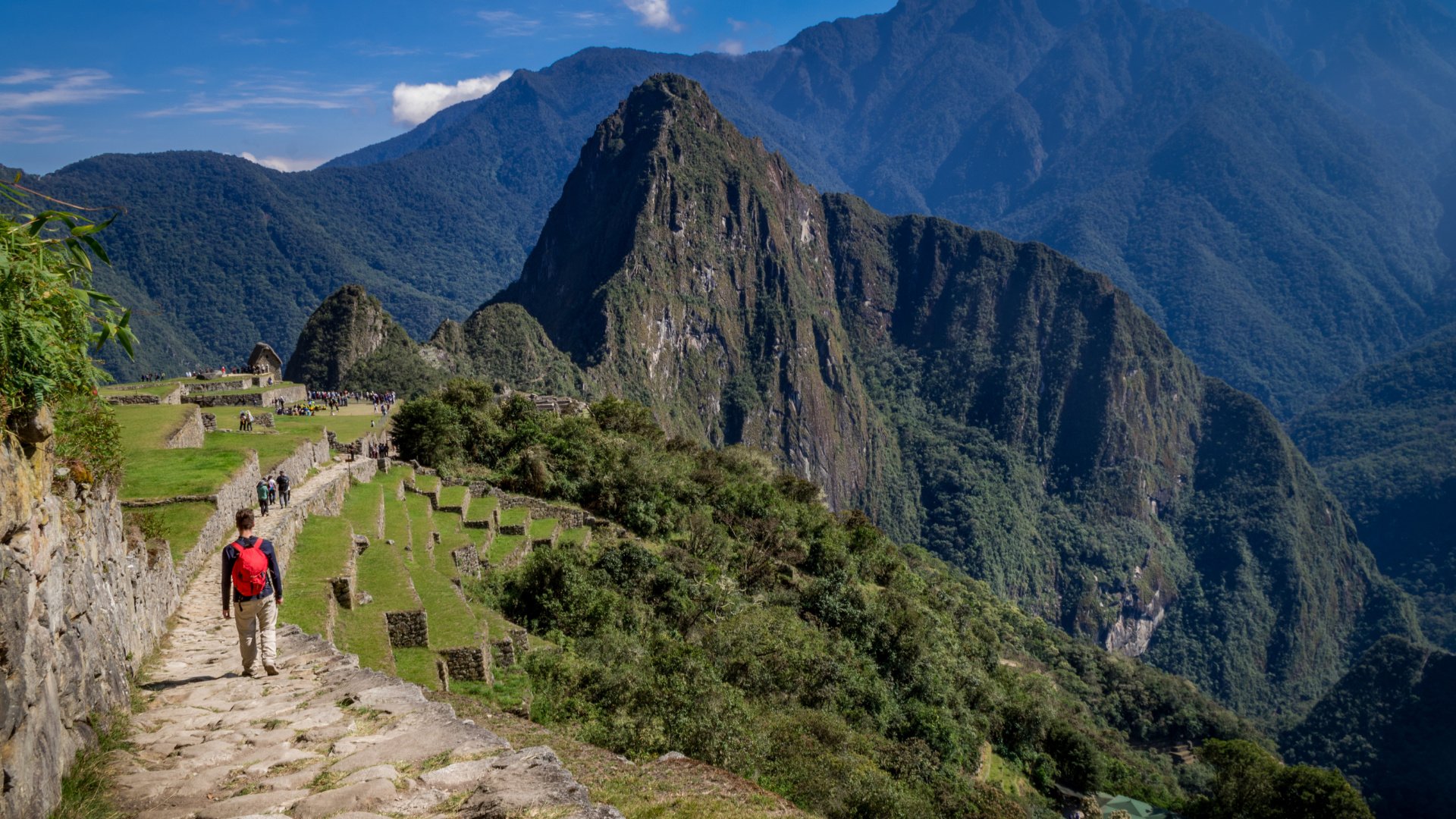
Exploring Lesser-Known National Parks: An In-Depth Guide for 2025
Travel ✈️ 2025-04-19 6 minutes to readIn a world where tourism is evolving rapidly, and travelers increasingly seek unique and authentic experiences, exploring lesser-known national parks has become an intriguing option for many in 2025. These lesser-trodden paths offer a chance to experience nature away from the hustle and bustle of mainstream tourist sites while supporting local ecosystems and communities. Exploring these hidden gems not only satisfies the wanderlust but also educates and awes, opening the door to untouched landscapes and unique biodiversity.
Having provided a lens into some of nature's most captivating, yet lesser-known, wonders, this guide aims to highlight those hidden treasures waiting silently just beyond the popular tourist trails. Below is an in-depth guide to exploring lesser-known national parks, structured to assist you in choosing the right destination for your travel desires, understanding potential costs, and planning a fulfilling experience.
Choosing the Right Lesser-Known National Park
When it comes to venturing beyond the tourist trail, selecting the right national park is a crucial step. Given the vast number of options available, it is important to consider various aspects to tailor the experience to your liking:
1. Identify Your Interests
The first step is introspecting on what you enjoy the most. Ask yourself:
- Are you interested in hiking and trekking?
- Do you want to observe specific wildlife?
- Is there a geographical landscape that fascinates you—forests, deserts, mountains, or coasts?
Understanding what elements thrill you ensures that your choice of national park aligns with your personal interests.
2. Research Accessibility
Consider the accessibility of the park, especially if it is less popular. Check for logistical elements such as:
- Transportation options—are there flights, public transports, or will you need to rent a vehicle?
- Weather conditions impacting accessibility during certain months.
- Proximity to nearby accommodations or necessity for camping.
3. Evaluate the Experience Level Required
Some parks demand more rigorous physical activity due to their undeveloped trails and wilderness. It's crucial to:
- Assess your physical condition relative to the demands of the park’s activities—hikes, climbs, etc.
- Check for guides or group tours available if you are not ready for a solo adventure.
4. Interaction with Local Communities
An exciting component of exploring lesser-known parks is interacting with local inhabitants, often offering richer cultural exchanges than their mainstream counterparts. Be open to:
- Understanding local customs, rituals, and histories.
- Participating in community-led initiatives or tours.
- Supporting local businesses by purchasing handicrafts or using services.
Maintenance and Ownership Costs
The charm of adventuring into lesser-taken paths also comes with distinct costs and considerations related to maintenance and ownership:
1. Park Fees and Permits
Unlike larger national parks, these hidden areas often rely heavily on visitor fees for conservation efforts:
- Check if there are entry fees, permits, and any additional charges for camping or guided tours.
- Contributions often directly support the upkeep and preservation of the park.
2. Environmental Conservation Costs
Visitors play a crucial role in preserving the natural beauty they come to enjoy:
- Stay informed about “leave no trace” principles to mitigate your environmental impact.
- Participate in donation or volunteer programs that support conservation efforts.
3. Personal Equipment and Supplies
Depending on the remoteness of the park, preparing with appropriate gear is necessary:
- Quality hiking boots and suitable clothing for unpredictable climates.
- Necessary camping gear if accommodations are a distance away.
- Carry sustainable and re-usable items to reduce waste and environmental footprints.
Conclusion: Making the Most of Your Journey
Embarking on a journey to lesser-known national parks is as much about the path less taken as it is about gaining a deeper appreciation for nature. By conscientiously selecting your destination, planning for the associated costs, and embracing the rich experiences afforded by local interactions, your travels promise both fulfillment and adventure. As you seek these hidden beauties out in 2025, may your exploration foster memories that resonate with authenticity and wonder.
To maximize your satisfaction:
- Prioritize understanding not just what the park offers, but what you hope to gain from the experience.
- Remain mindful of both the ecological and cultural footprint you leave behind.
- Revel in the individuality and serenity that lesser-known destinations provide.
Exploring lesser-known national parks in 2025 offers travelers distinctive experiences by going off the beaten path. By carefully choosing based on interests and logistical understanding, while being mindful of conservation efforts and costs, visitors can ensure they create meaningful and eco-friendly journeys. Hidden national parks provide interactions with local cultures and pristine landscapes, appealing to adventurers seeking authenticity beyond mainstream tourism.
